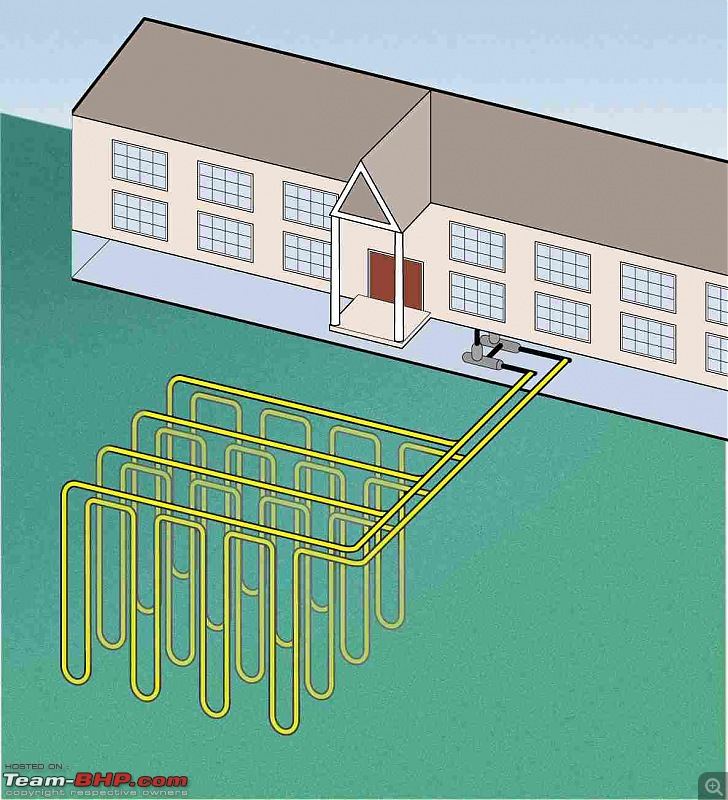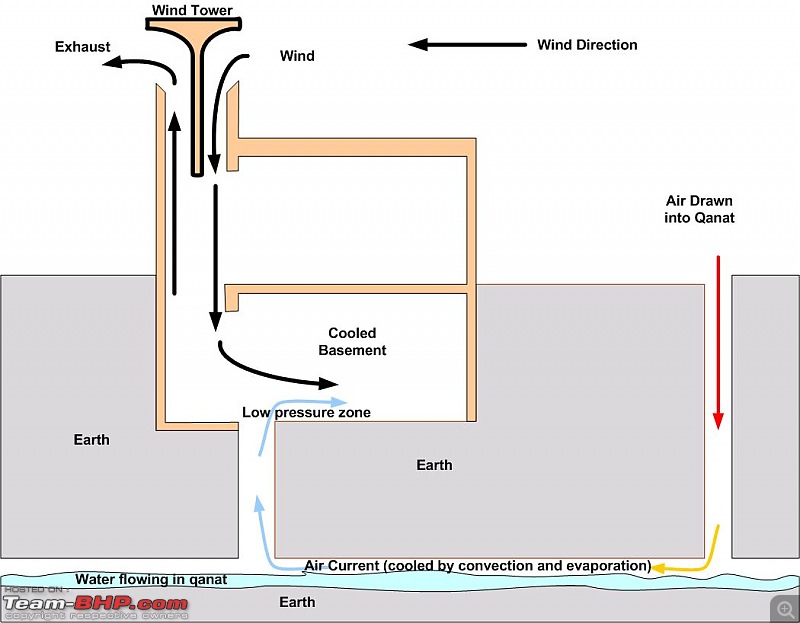| | #1 |
| Senior - BHPian | |
| |
| |
| | #2 |
| BHPian Join Date: Feb 2008 Location: Pune
Posts: 348
Thanked: 71 Times
| |
| |
| | #3 |
| Senior - BHPian | |
| |
| | #4 |
| Senior - BHPian | |
| |
| | #5 |
| Senior - BHPian Join Date: Jan 2010 Location: TSTN
Posts: 6,236
Thanked: 9,643 Times
| |
| |
| | #6 |
| Senior - BHPian | |
| |
| | #7 |
| Senior - BHPian Join Date: Jan 2010 Location: TSTN
Posts: 6,236
Thanked: 9,643 Times
| |
| |
| | #8 |
| Team-BHP Support  | |
| |
| | #9 |
| Senior - BHPian | |
| |
| | #10 |
| Team-BHP Support  | |
| |
| | #11 |
| Senior - BHPian | |
| |
| |
| | #12 |
| Senior - BHPian | |
| |
| | #13 |
| Team-BHP Support  | |
| |
| | #14 |
| Senior - BHPian Join Date: Jan 2010 Location: TSTN
Posts: 6,236
Thanked: 9,643 Times
| |
| |
| | #15 |
| Senior - BHPian | |
| |
 |
Most Viewed









